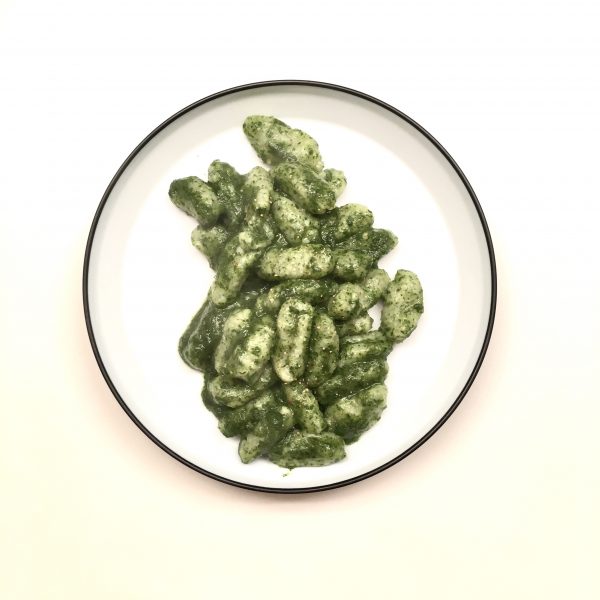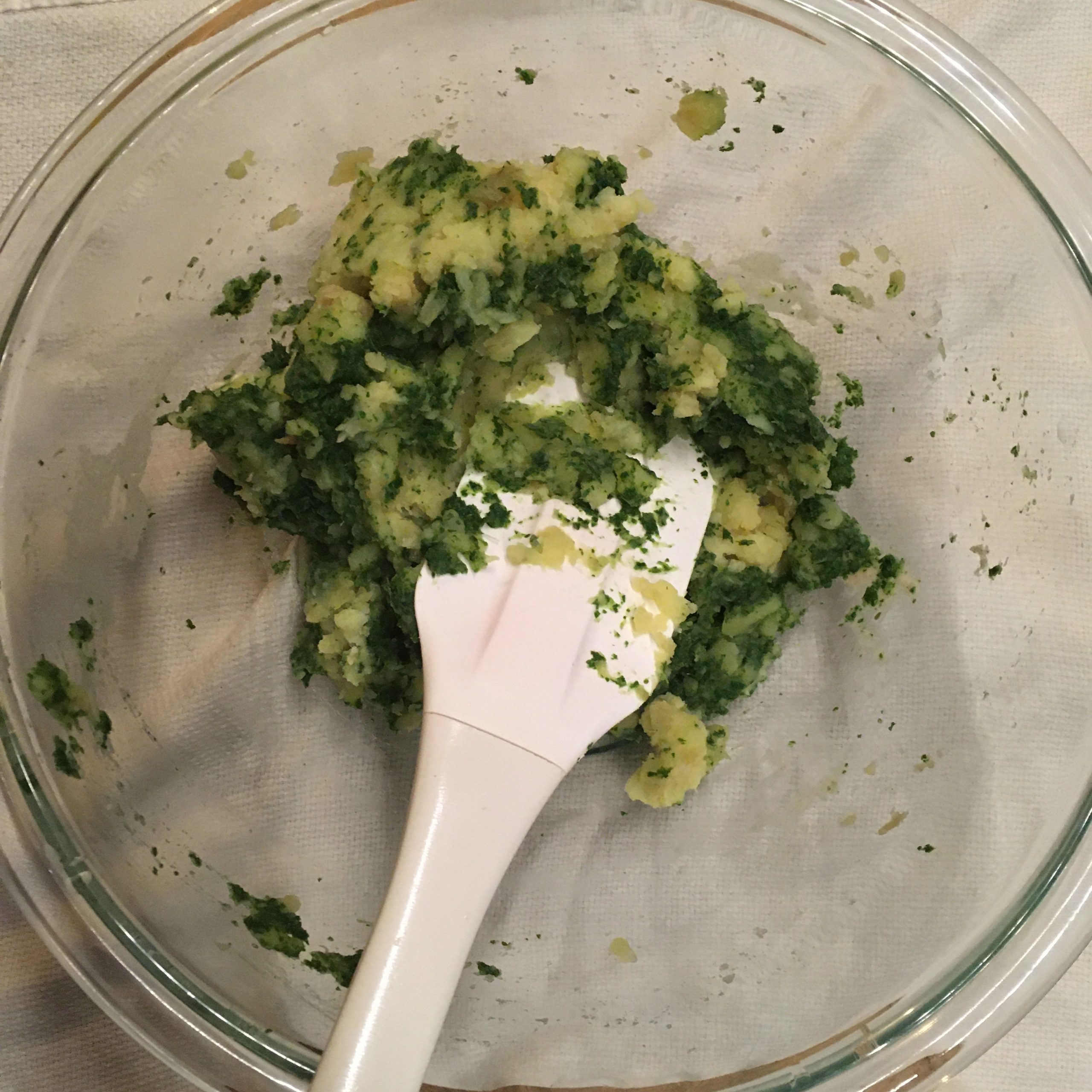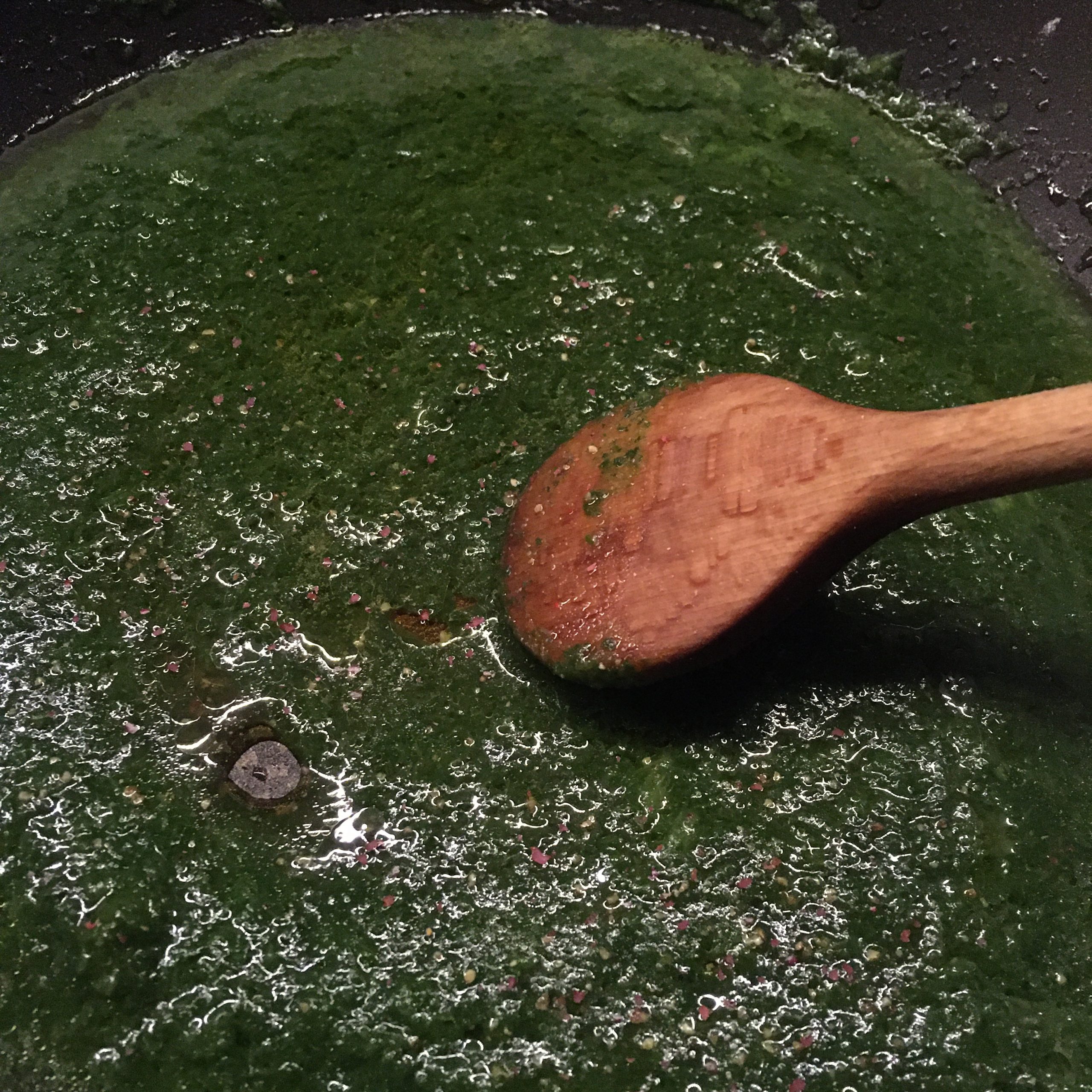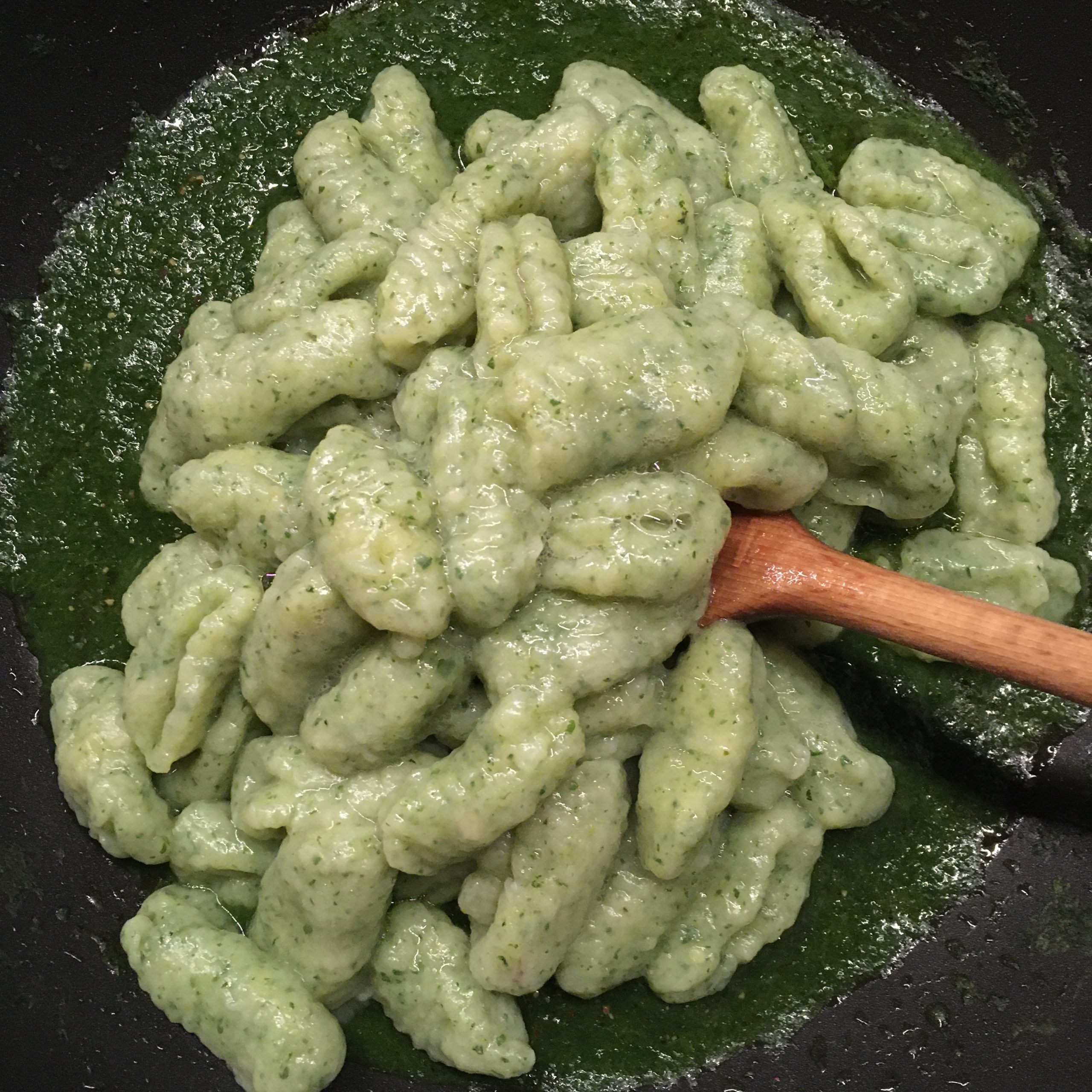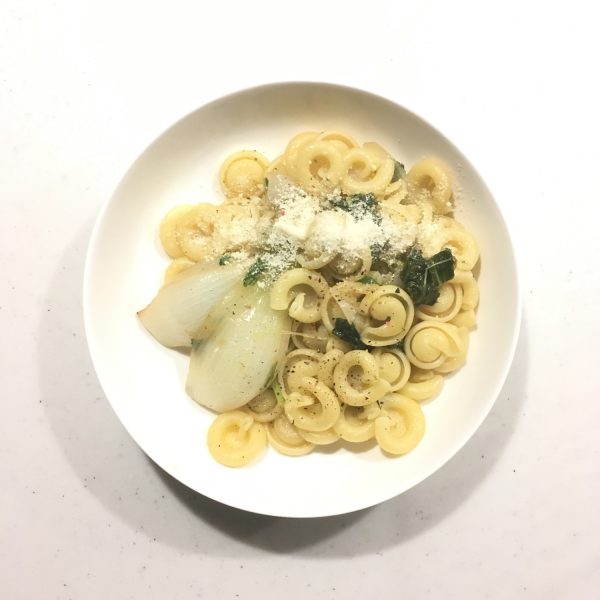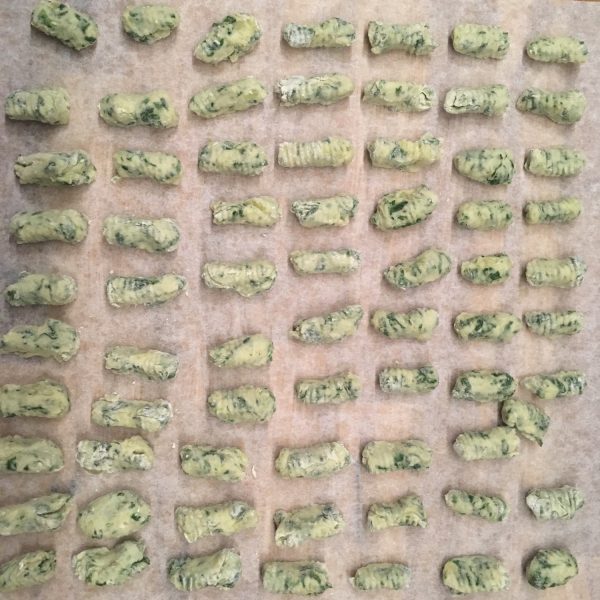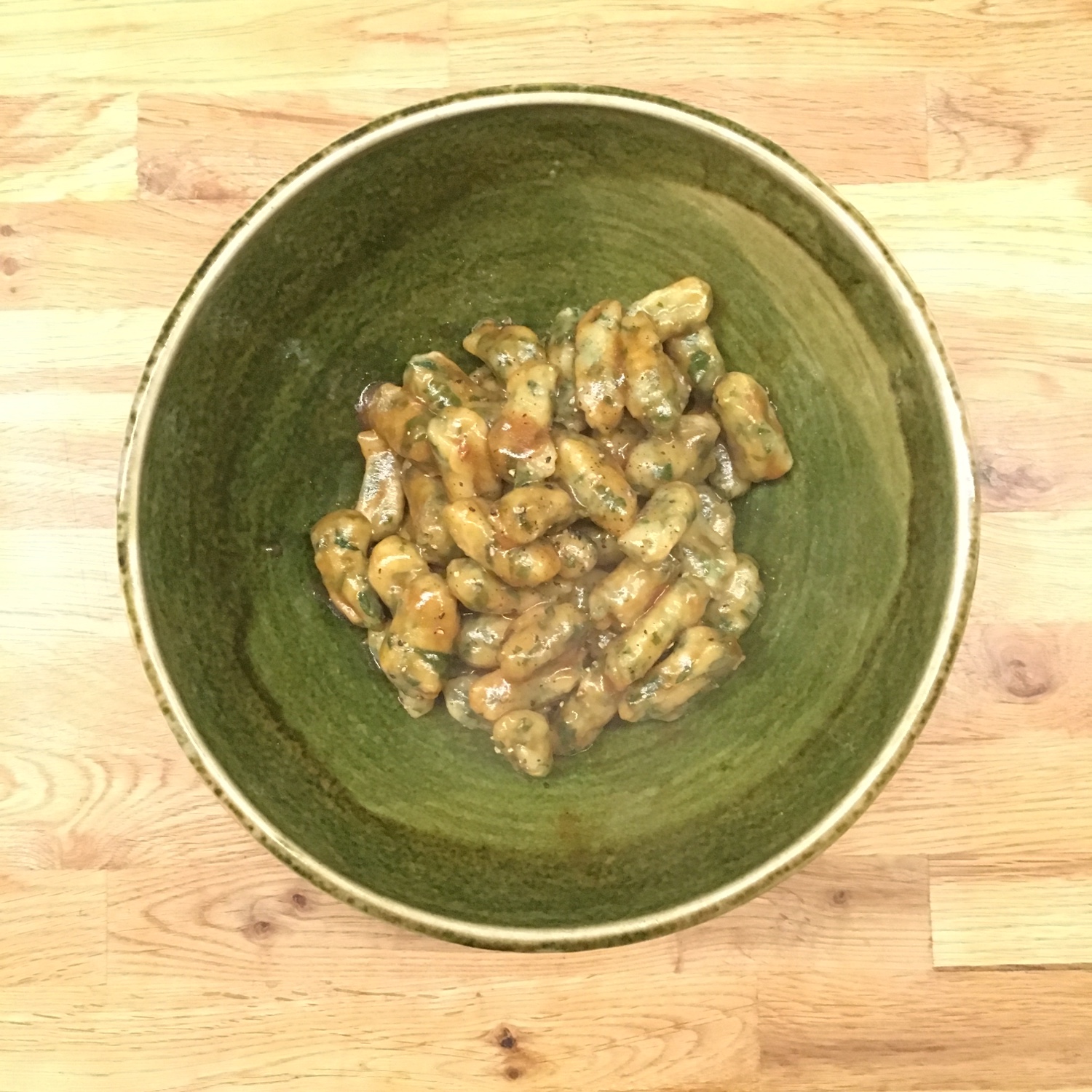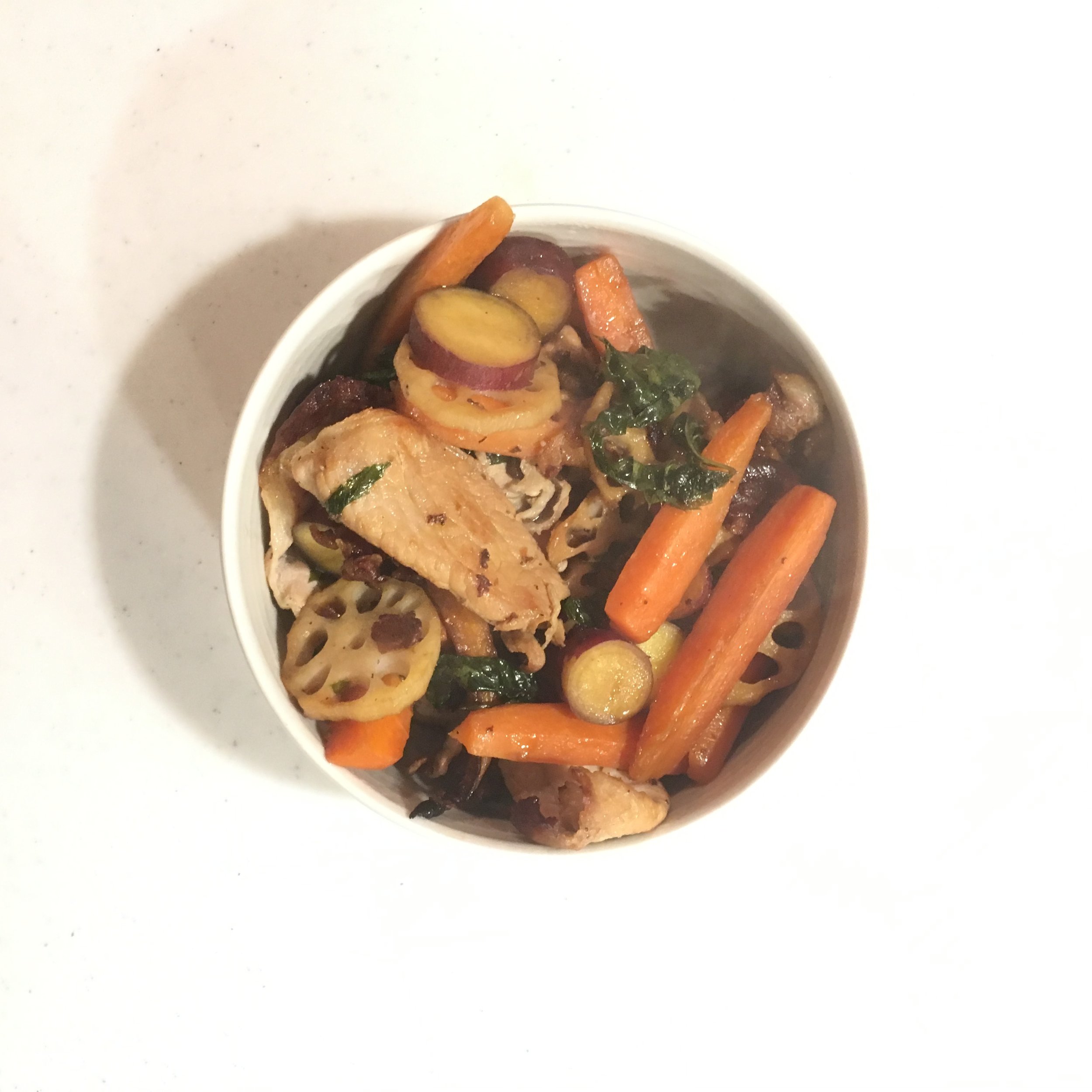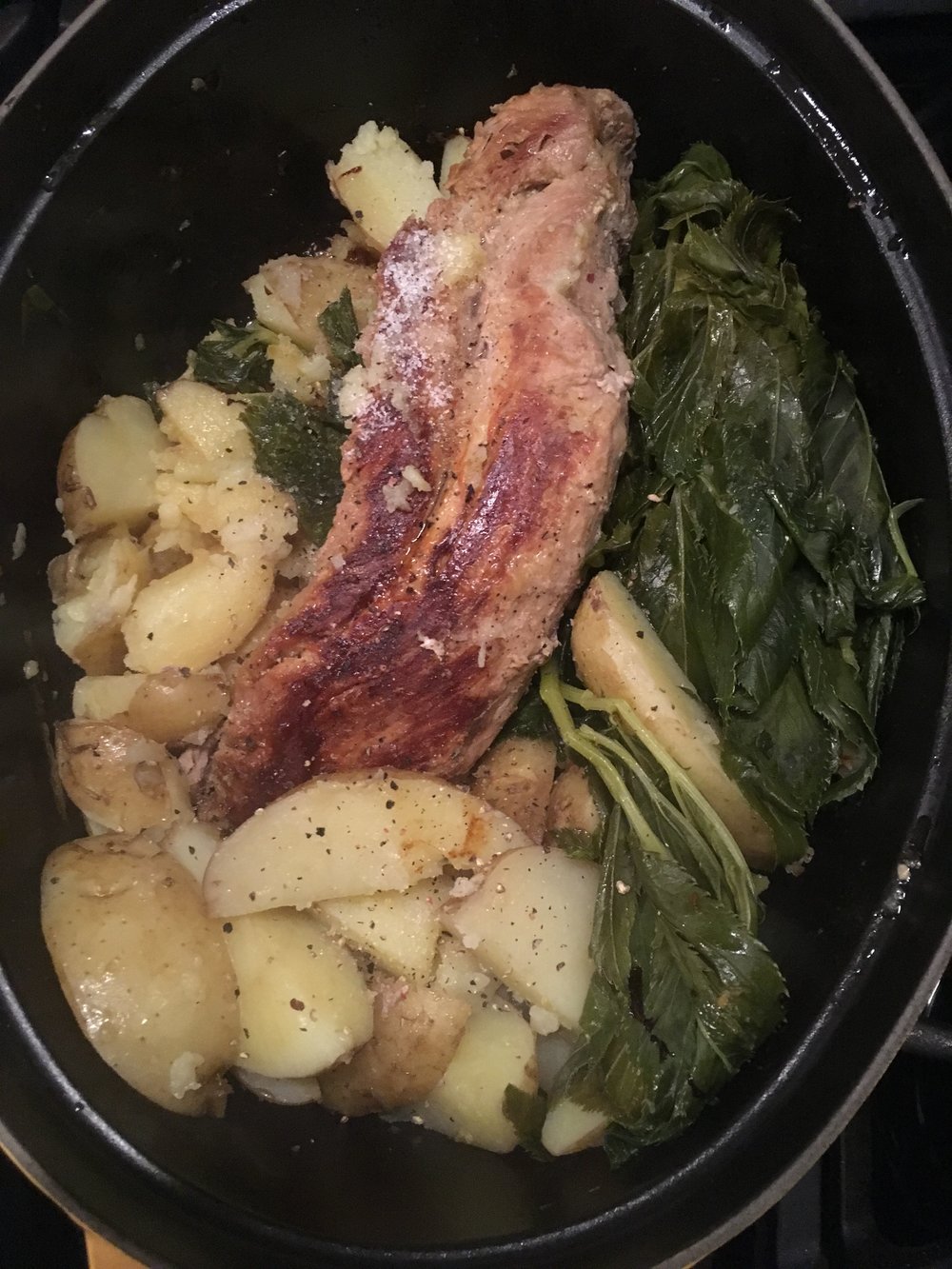For those who know me, it is no secret we love ashitaba 明日葉 since we visited Hachijojima a long time ago. Actually ashitaba is a native plant of Japan and more particularly Izu islands (Hachijojima…), Miura peninsula and Boso peninsula (where ouf country house is). So imagine how happy I am every year when the season comes!!! One of my all-time favorite is my recipe of ashitaba is ashitaba gnocchi, that in my opinion I don’t make often enough. And this time I decided to go for a double ashitaba gnocchi+ashitaba pesto.
Its taking the flavor to an extra level of green and refreshment. The recipe is simple as always and not very different than the previous ones. But just in case you would need one…
Ashitaba gnocchi & pesto (2 servings)
- 2 potatoes
- A bouquet of ashitaba
- Salt and pepper
- Olive oil
- Flour
Boil the whole potatoes until tender. Peel and mash. Blanch the ashitaba. Blend without water until smooth. Filter half of the blended mixture through a tea net, jeep both the juice and the leaf puree.
Mix the leaf puree with the potatoes. Add flour to obtain a slightly sticky dough. Shape the gnocchi. Add a but more flour if needed while shaping them.
Pour back the juice in the blender, add olive oil, salt and pepper. Then move all to a pan and heat at medium heat while stirring once in a while.
Boil a large amount of water, and poach the gnocchi. When they float move them to the pan and roll them in the sauce to coat them. Serve and enjoy right away.
